Headscarves have been a part of Muslim women’s attire for centuries, serving as a symbol of modesty and piety. However, over time, headscarves have become more than just a religious garment; they have evolved into a fashion statement, with different styles and colors reflecting cultural and personal preferences. In this article, we will explore the history of Muslim women headscarves, the various styles, and how to wear them to suit different occasions and settings.
History of Muslim Women Head Scarves:
Muslim women headscarves, also known as hijabs, have been worn by Muslim women since the early days of Islam. The Quran mentions the importance of covering one’s head and chest, and it has been interpreted to mean that Muslim women should cover their heads with a scarf or veil. Over the centuries, the styles and materials of headscarves have changed, reflecting cultural and regional differences.
Styles of Muslim Women Head Scarves:
Muslim women headscarves come in a variety of styles, materials, and colors, with each style reflecting cultural and personal preferences. The traditional hijab covers the head and neck, leaving the face exposed. It can be made from a variety of materials, including cotton, silk, or chiffon, and can be plain or embellished with embroidery or beading.
In addition to the traditional hijab, there are other styles of headscarves, such as the turban-style hijab, which covers the head and neck, and is wrapped around in a turban-like fashion. Another style is the shawl hijab, which is similar to a traditional hijab but is draped over the shoulders like a shawl.

How to Wear Muslim Women Head Scarves:
Muslim women headscarves can be worn in a variety of ways, depending on the occasion and personal preference. For casual occasions, a simple, plain hijab in a neutral color can be worn with jeans and a T-shirt. For more formal occasions, a hijab made from a luxurious material, such as silk, can be worn with a long dress or skirt.
There are also different ways to wrap the hijab, depending on the style and personal preference. Some women prefer to wrap it tightly around the head and neck, while others prefer to let it drape loosely over the shoulders.
Cultural Variations:
Muslim women headscarves are not just worn by Muslim women, but also by women of different cultures and religions, who have put their own spin on the traditional garment. For example, in Indonesia, the hijab is often brightly colored and adorned with intricate patterns, while in Iran, it is worn in a chador style, covering the entire body.
In conclusion, Muslim women headscarves have a rich history and cultural significance, while also being a versatile fashion accessory. Whether worn for religious or fashion purposes, the headscarf has become a symbol of modesty, piety, and cultural identity. From traditional to modern styles, there is a headscarf to suit every occasion and personal preference. By experimenting with different materials, colors, and styles, Muslim women can express their individuality and fashion sense while maintaining their religious and cultural values.
If you’re inspired to try wearing a head scarf yourself, start by experimenting with different fabrics, colors, and styles to find what works best for you. Whether you wear it for cultural, religious, or personal reasons, head scarves can be a powerful statement of identity and style. So why not add this versatile garment to your wardrobe today and discover the many ways you can wear it with confidence and grace.
Related Post
Top Trends in Luxury Modest Wear: Embracing Elegance and Sophistication
In the world of fashion, luxury modest wear has emerged as a timeless trend, combining elegance with a sense of…
Chic Modesty Meets Affordable Luxury: Inside Demure & Co
The modest wear industry is experiencing a transformative wave, driven by a global demand for fashion that marries elegance with…
Modesty with Style: The Rise of Modern Modest Wear Fashion Brands
1. The Evolution of Modest Fashion In recent years, the fashion industry has witnessed a significant shift towards inclusivity, with…
Memeluk Keragaman dalam Fashion Modest: Gerakan Global
Fashion modest, dulunya terkait secara khusus dengan komunitas Muslim, telah berkembang menjadi gaya inklusif yang diadopsi oleh wanita di seluruh…
Embracing Diversity in Modest Fashion: A Global Movement
Modest fashion, once primarily associated with the Muslim community, has evolved into a inclusive style embraced by women worldwide. This…
Unleashing the Beauty of Modesty: Discover Demure & Co’s Bold and Refined Collections
Demure&Co: Redefining Modest Fashion with Cultural Heritage and Impeccable Craftsmanship
Discovering the Luxury Modest Wear Market in the Middle East
Merangkul Gaya Modest Modern: Sebuah Perayaan Keanekaragaman dan Inklusivitas
Fashion modest telah melampaui batas-batas budaya dan agama, berkembang menjadi gerakan global yang merayakan keanggunan dan inklusivitas. Tokoh-tokoh berpengaruh dalam…

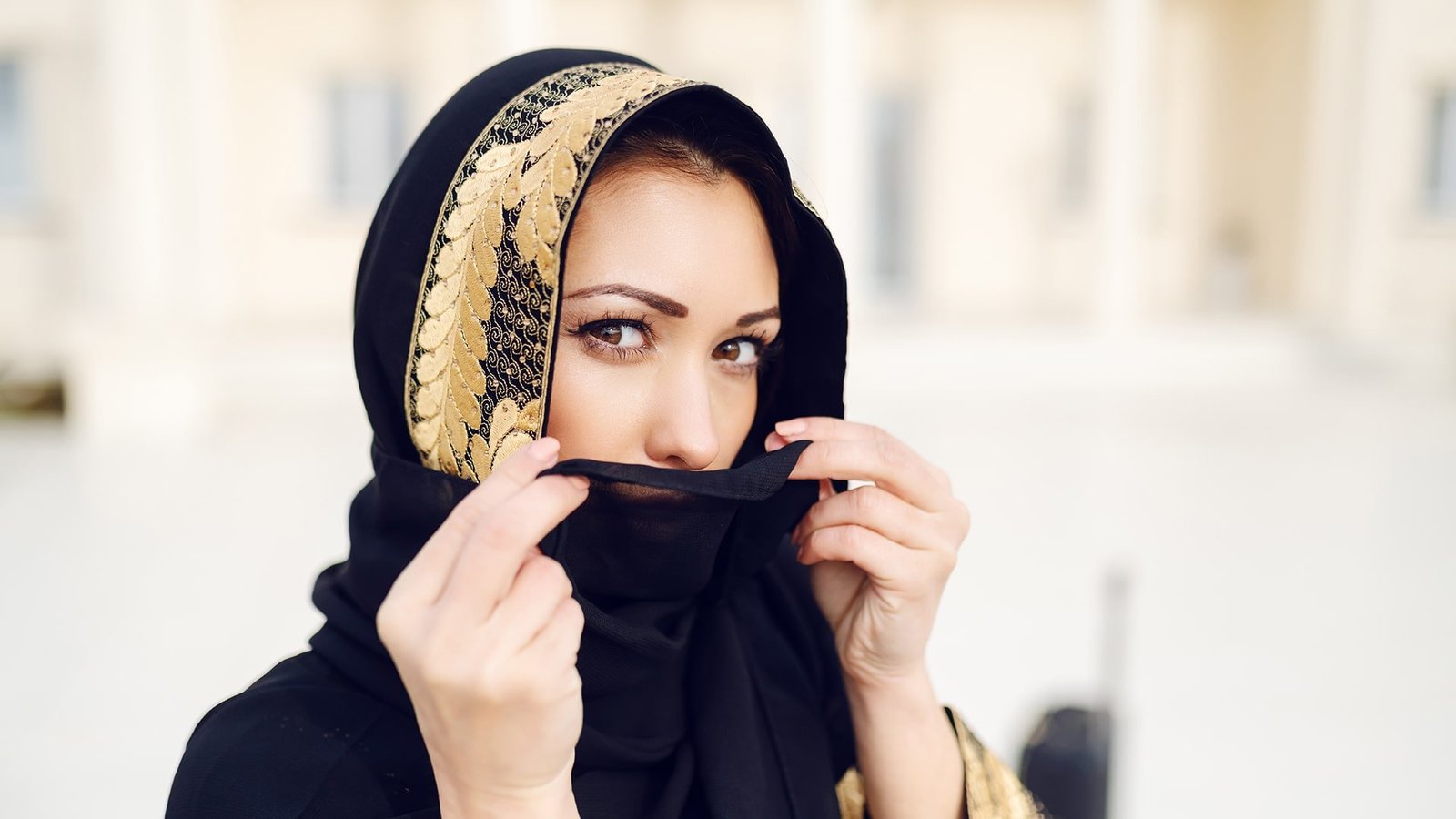

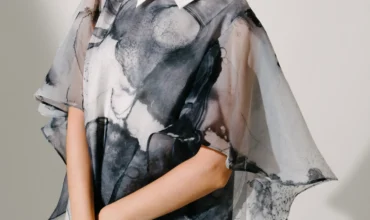
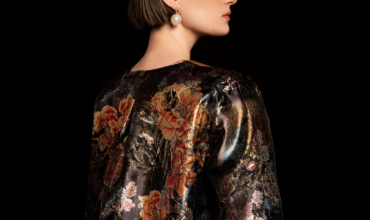
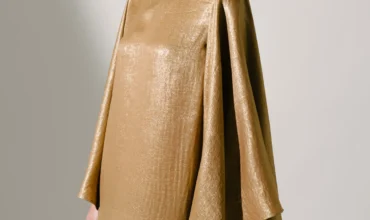
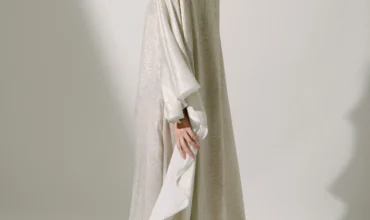

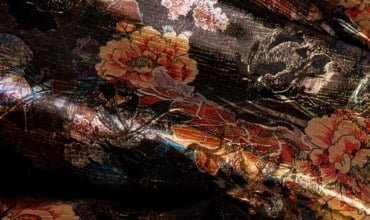
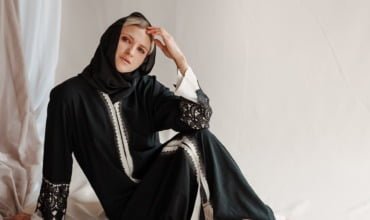
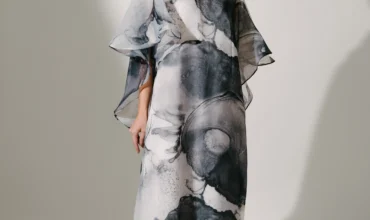
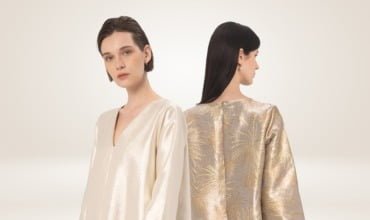
There are no reviews yet.